PRINCE2® is the globally recognized project management method, built upon years of experience and industry best practice, from which all organizations can benefit. It has been tried and tested by private, public, and third-sector organizations to successfully deliver new products and services, and to bring about transformational change.
PRINCE2 7, the latest edition of PRINCE2, creates the conditions crucial for project success by fostering a common understanding of why a project is being delivered, defining all roles and responsibilities within the project team, and communicating the benefits to be realized to everyone involved. It also helps organizations control and manage all of these aspects more effectively.
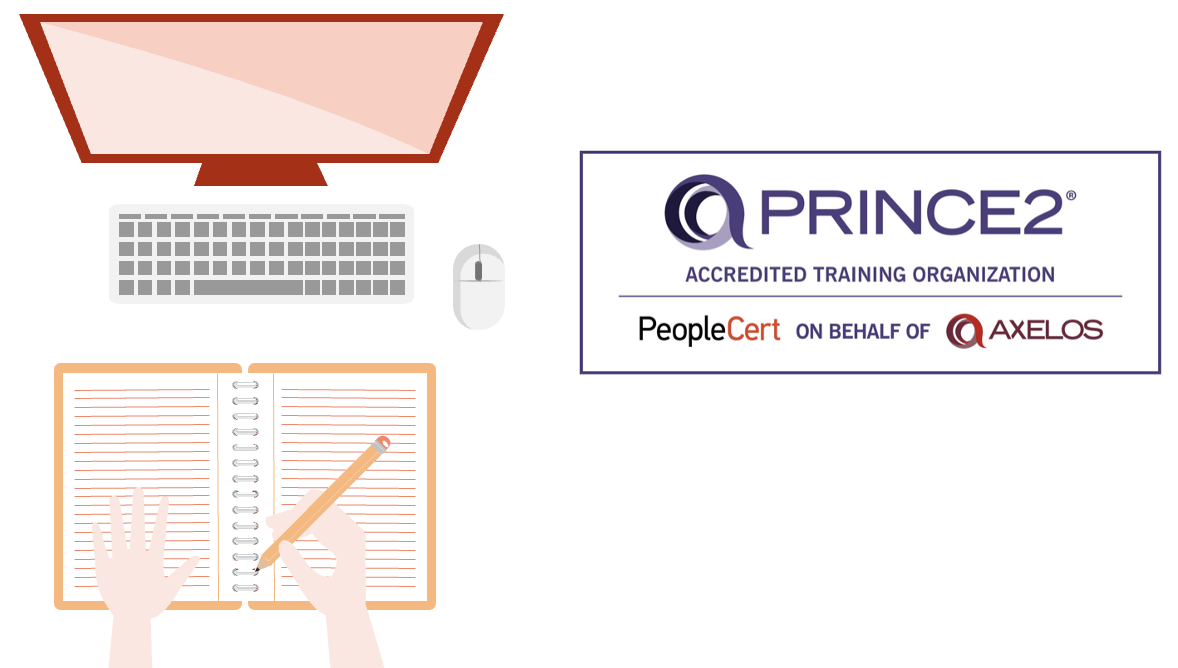
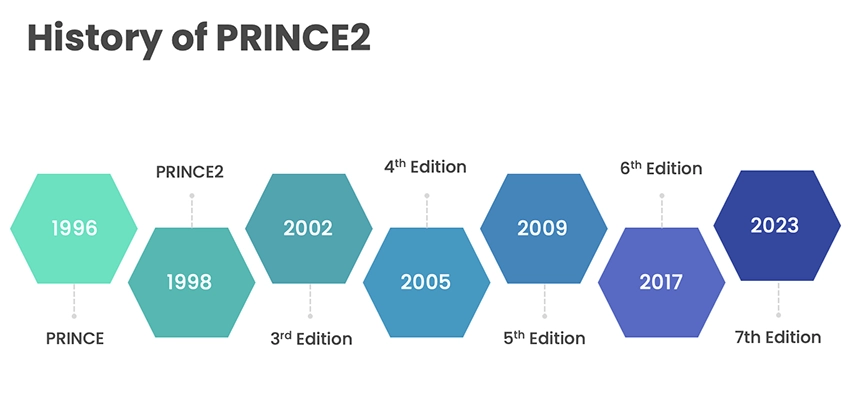
Roots of PRINCE2 can be traced back to PROMPT which was developed by Impact Systems in 1975. In 1996 CCTA released PRINCE which was originally intended to be used on IT projects within UK public sector. Following is a brief timeline of PRINCE2 development since its first release.
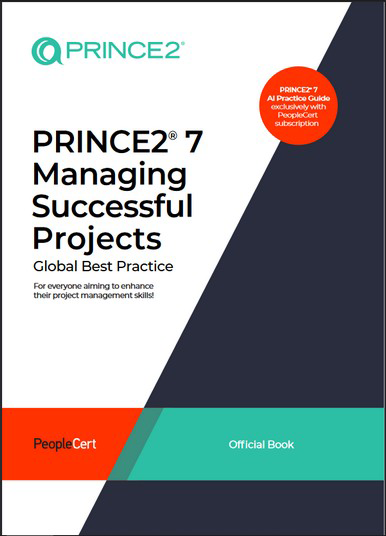
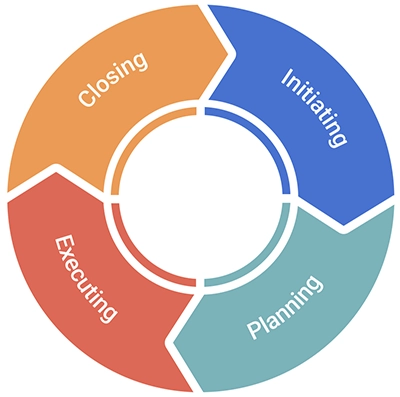
PRINCE2 is a project management method composed of five integrated elements: principles, people, practices, processes, and the project context.
The five integrated elements of the PRINCE2 method are designed to work together. The practices ensure that the principles are continually applied during the processes in a way that is specific to the project context and consider the relationships and requirements of people within the project team and those outside the project team.

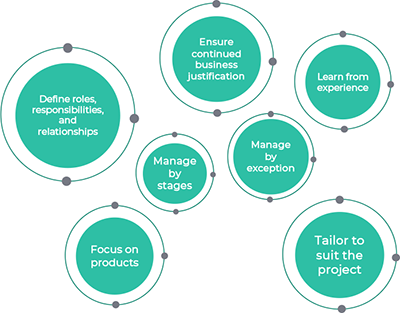
The principles are the guiding obligations that determine whether the project is genuinely being managed using PRINCE2. There are seven principles, and unless all of them are applied, it is not a PRINCE2 project.
The practices describe essential aspects of project management that must be applied consistently and throughout the project lifecycle. The seven practices explain the specific treatment required of that aspect of project management for the PRINCE2 processes to be effective and why they are necessary.
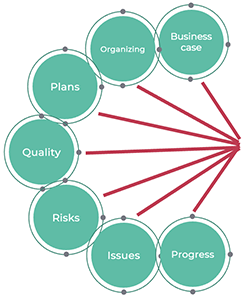
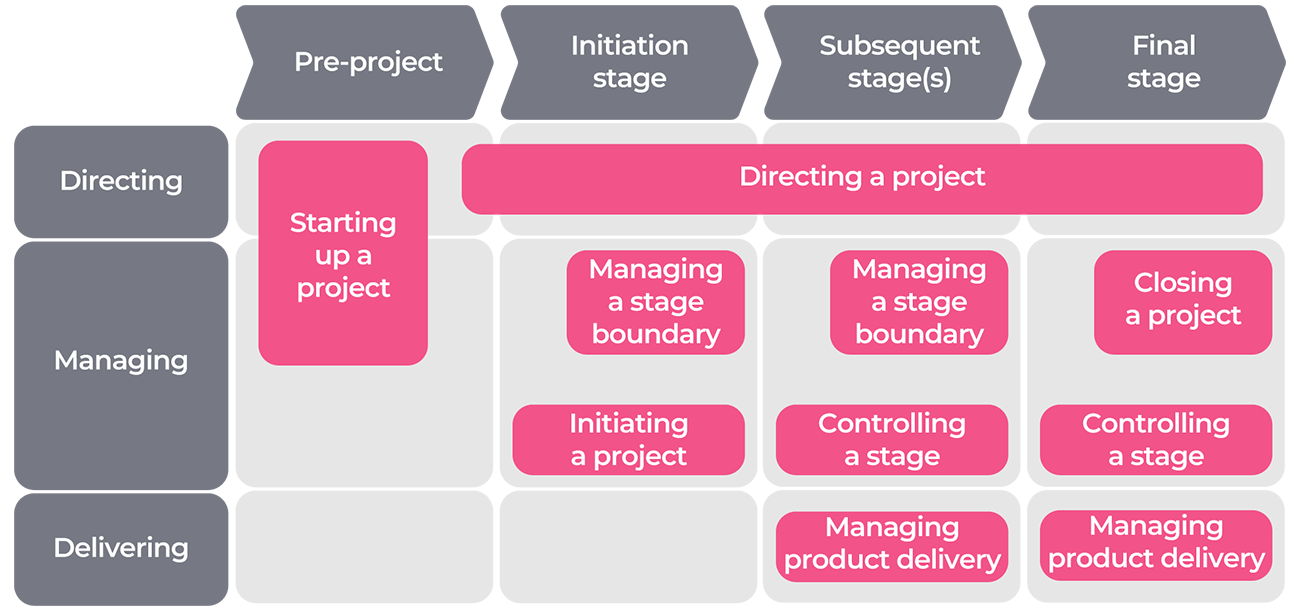
The seven processes describe the entire project lifecycle, from activities before getting started, through the stages of project delivery, and to the final act of project closure. Each process has checklists of recommended activities and related responsibilities.
The PRINCE2 method does not assume any specific organizational context. There may be users who specify the desired outputs (referred to as products in PRINCE2), suppliers who will provide the resources and expertise to deliver the products, and business decision-makers who will ensure that the project investment can be justified and remains justified through the project lifecycle.
The PRINCE2 method requires that certain roles (with associated responsibilities) are fulfilled on every project. As long as the responsibilities are fully allocated, the roles can be shared or combined, within certain limits, to align with the skills and capabilities of the project team and the project’s needs.
The key roles defined by PRINCE2 are:
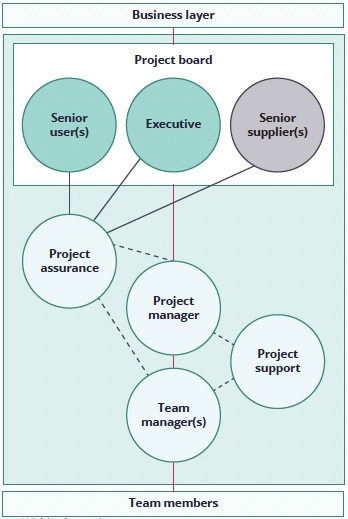
PRINCE2 is neither waterfall nor agile oriented. Yes, it has always been focused on sequential steps in the process but that does not automatically make it incompatible with Agile.
PRINCE2 Agile is another guidance which focuses purely on the projects that need agile lifecycle. However, with some tweaking PRINCE2 can be used for any agile project. Tweaking would essentially include removing the Checkpoint and Highlight reporting requirements while following Daily Stand-up and information Radiator/ Team Board practices. The Project Board as well as the Project Manager would need to be fully following "Management by Exception" principle and not interfere with the work of the delivery team unless absolutely necessary. Project Manager would also need to play the facilitative and empowering role more than that of a usual PRINCE2 PM.


Managing Successful Programmes (MSP®), 5th edition is an established best practice programme management framework, designed to align programmes and projects to organizational strategy and enable enterprise agility.
PRINCE2 is focused on project management level while MSP is focused on ensuring that all projects within the programme are managed in an organised way and the benefits from the delivery of all projects within the programme are realised. It must be made clear that PRINCE2 and MSP are not competitor, rather they have a parent and child relationship. Neither of these negates or overcomes another one.
PRINCE2 certification trainings are provided by PeopleCert's Accredited Training Organizations (ATOs) across the globe. Tecknologia is also a PeopleCert Accredited Training Organization (ATO) offering PRINCE2 7 certification trainings across the globe and in various formats.
| Certification Level | Course Duration (Virtual Classroom) | Course Duration (Classroom) | Certificate Valid for |
|---|---|---|---|
| PRINCE2 Foundation | 2 Days | 3 Days | 3 Years |
| PRINCE2 Practitioner | 2 Days | 2 Days | 3 Years |
| PRINCE2 Foundation & Practitioner | 4 Days | 5 Days | As above |
Click on the links for certification levels to explore the pre-requisites, exams and other details.

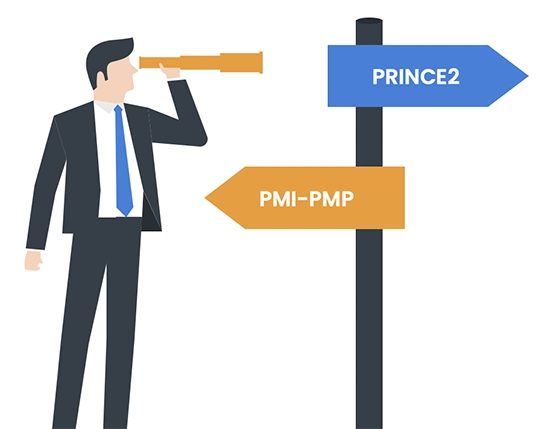
PRINCE2 stands for PRojects IN Controlled Environments. PRINCE2 is a process-based method for effective project management.
PRINCE2® is the globally recognized project management method, built upon years of experience and industry best practice, from which all organizations can benefit. It has been tried and tested by private, public, and third-sector organizations to successfully deliver new products and services, and to bring about transformational change
Prices vary depending on the mode of delivery, location, deliverables and the quality of training delivery. Typically PRINCE2 Foundation online training costs between £900 and £1500 while PRINCE2 Practitioner online training costs between £1100 and £1600. PRINCE2 Foundation & Practitioner (combined) online training typically costs between £1700 and £2500.
Following are the pass marks details for PRINCE2 exams:
PRINCE2 qualifications have helped hundreds of thousands of professionals globally enhance their skills and achieve their professional ambitions. Professionals holding PRINCE2 accreditation stand a better chance of being invited for an interview and definitely stand a better chance being offered a role afterwards.
PRINCE2 can be a very valuable addition to the list of professional qualifications and accreditations which can help achieve professional growth within organisations, without a need to switch jobs/ employers.
PRINCE2 has been, in the past, and is very much relevant today. PRINCE2 has been evolving ever since its inception and in late 2023 PeopleCert released PRINCE2 7th edition (aka PRINCE2 7) which addresses the needs and demands of project management profession today and for coming years.
PRINCE2 is definitely a good choice for beginners who aim at pursuing a career in project management and related disciplines. Having PRINCE2 qualifications early in the career can play the role of a catalyst when it comes to climbing the professional ladder.
While PRINCE2 exams are hard, they are not rocket science and anyone with correct level of attention, training and devotion can definitely achieve success in both exams.
PRINCE2 foundation pass rate remains around 80% and PRINCE2 practitioner pass rate is around 70% globally, in first attempt. There are training organisations selling false promises of close to 100% success rate, caution is advised with such organisations.
It is absolutely possible to achieve PRINCE2 exam(s) success while relying on self study. However, high standard PRINCE2 training can accelerate the process, along with exam success probability, for sure.
PRINCE2 Foundation & Practitioner certifications are considered to be professional qualifications only. These qualifications are widely recognized and sought after globally, however, they are not the same as a college or university degree. Some quarters believe that PRINCE2 Practitioner qualification is equivalent to UK NQF 5/6 - Tecknologia has no grounds to confirm this.
There is no negative marking in PRINCE2 exams. No marks are deducted for a wrong answer.
Both PRINCE2 Foundation and Practitioner certifications have validity of 3 years from issuance date. Candidate must retake both exams within 3 years to maintain their certifications. Alternatively, candidates can log Continuous Professional Development points (CPDs) over three years, via paid PeopleCert membership, to maintain certifications.